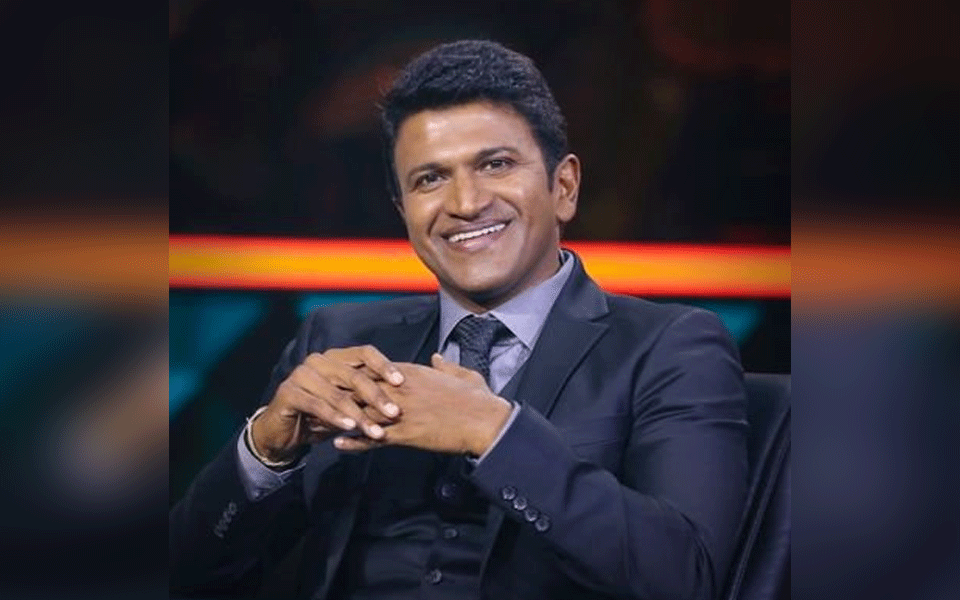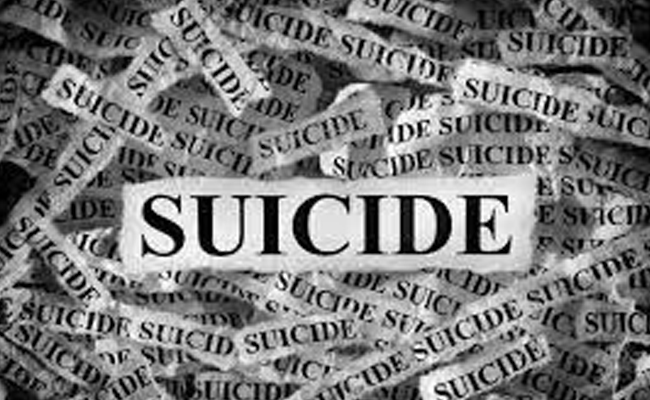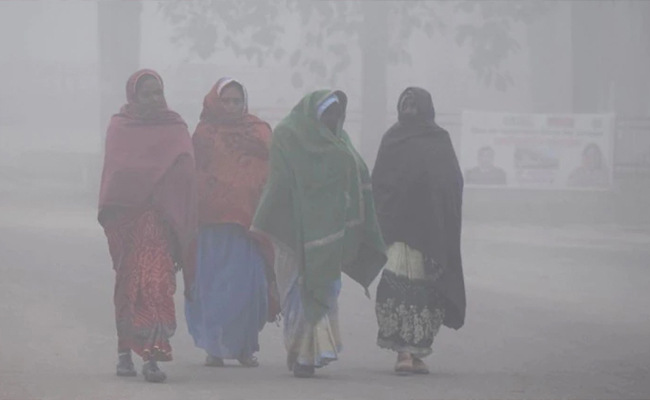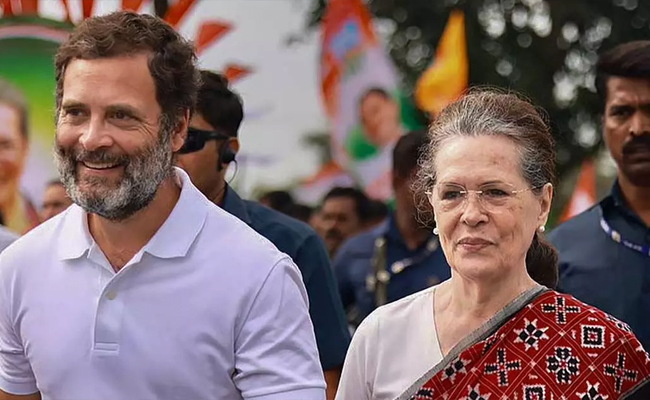The sudden death of Kannada superstar Puneeth Rajkumar, who was fit as a fiddle, has once again put the spotlight on the prevalence of heart diseases among the youth, about working out in the gym and silent factors like genetic disposition to certain diseases.
Dr Yusuf Kumble, eminent interventional cardiologist and managing director of Indiana Hospital and Heart Institute, Mangaluru, provides answers to some of our most common questions and dispels myths about heart diseases. Here's a summary of what he says:
What is a sudden death?
The most common cause of a sudden death is mostly related to the heart as against accidents or other causes. From a cardiologist's perspective, a sudden or unexpected death happens within six hours of the onset of symptoms as per European standards and within 12-24 hours according to US standards.
What causes a sudden death? How does it happen?
The most common underlying cause of a sudden death is arrhythmia, or rhythm disturbance of heart. If the heart beats more than 300-400 times per minute, it's called tachycardia or ventricular fibrillation which can result in sudden death if not treated urgently.
These sudden deaths often occur due to a spontaneous rupture of plaque in the coronary artery, which supplies blood to the heart [heart attack]. This could also be due to a old heart attack which causes some scar in the heart which in future leads to ventricular arrhythmia and sudden death; some other causes include structural heart disease, a hidden family history of heart diseases, a severe brain stroke or lung issues etc.
Are there any symptoms that can be recognised by patients who had sudden deaths?
People may have some premonitory symptoms like mild chest discomfort or burning sensation within one or two days before heart attack. In most of the cases patients may not have any symptoms or may have a mild dizziness or some chest pain and discomfort, and within a few minutes patient suddenly become unconscious.
Which people are at the most risk of sudden deaths?
People who are having major conventional risk factors for heart attacks like diabetes, high blood pressure, high cholesterol, smoking and obesity are at higher chances of sudden death. Those with a family history of heart diseases or sudden cardiac death (SCD) are also at risk. Patients who had heart attack and left with reduced ejection fraction (poor pumping of heart) are having high risk of SCD. Also structural heart diseases like HOCM, SEVERE AORTIC STENOSIS, channelopathy, drug abusers and bed ridden patients are having high chances of SCD.
What tests should be done to go for regular exercise programme?
First, getting a baseline ECG is a must. Echocardiogram and treadmill are the main tests used to detect the adequacy of blood supply to cardiac muscles. A few blood tests are also recommended. After seeing these reports, the cardiologist will prescribe what needs to be done and what kind of exercise and lifestyle modification is required. Despite all preliminary investigations, including angiograms being normal, some serious issues can still happen due to hidden diseases. These won't be revealed by conventional tests and need further high-end investigations which are not practically possible unless high suspicions is there.
Are working out in the gym and doing other exercises harmful? How dangerous are they?
The incident that befell Puneeth is a rare case. Only one person in a population of one lakh can have a sudden death. It's not very common. Some studies show that one death can happen in 15,000 people with more than 40 yrs of age. It is not very alarming but since it (Puneeth's sudden death) received widespread publicity, it sends shivers down your spine.
It's prudent to get a proper health evaluation done before signing up for a rigorous gym programme. Any excessive strenuous exercise done in a short span of time is not proper. Conditioning the body before the exercise, especially the warm-up, and cooling down afterwards are a must. An evaluation of family history and physical examination before beginning the exercise regimen are vital.
Any tips for working out that will not put a strain on the heart?
Anything done in moderation is good. Overwhelmingly exhausting yourself is unnecessary. You need to consider the age factor as well. Water intake should be adequate. If you are heavily stressed, do only light exercises and take some rest in-between. Warm up before the exercise and cool down after. Never work out under humid conditions as you will tend to lose electrolytes. Sudden bursts of exercise should be avoided. If you take a long break, you need to first build up a rhythm for exercise.
Can we take Aspirin or other medicines if we anticipate a panic attack?
If a person identifies unusual symptoms or discomfort that he/she never or hardly encountered before or if he/she is not a heart patient, he/she can take Aspirin 325 mg. This pill can be kept handy at home/office or during travel. There is nothing wrong in taking chewable Aspirin tablets without the doctor’s advice even if there's no cardiac cause and no major harm was done. It is safe to take the tablet before seeking medical help.
Another easy option is to call up your doctor friend and take his/her advice. In an advanced case, if symptoms are severe and the chest pain is intolerable and the patient feels the pain radiating towards the left arm, he/she can take Clopidogrel 300mg tablets which would provide an added benefit for high-risk people and those with established cardiovascular disease(s).
What can a bystander do when someone is unconscious or has a severe chest pain?
Everyone must be trained in Basic Life Support (BLS) skills, and the government should make it mandatory for senior students to get trained in Cardiopulmonary Resuscitation (CPR) techniques. Immediate CPR can save the victims of cardiac arrest. These days, social workers have been taking interest in BLS training. It's a good sign.
When a person suddenly collapses, it causes panic. In such a situation, BLS-trained people who are around can help. The next step is to seek the help of the Emergency Medical Service, which is available on the toll-free ambulance number. An EMS manned by trained paramedics should be easily accessible to everyone. The government should ensure that.
Another way to address a cardiac emergency is to instal Automated External Defibrillators at important public places where there is a possibility of large gatherings. Many people are aware of the Cardiopulmonary Resuscitation (CPR), which is given physically, while ventricular fibrillation is handled with a medical device.
My message is to go for regular check-ups for high-risk people. Do not panic although certain deaths are unavoidable. But prevention is always better.

Dr Yusuf Kumble, cardiologist and managing director of Indiana Hospital and Heart Institute, Mangaluru
Let the Truth be known. If you read VB and like VB, please be a VB Supporter and Help us deliver the Truth to one and all.
New Delhi (PTI): A 23-year-old woman was found dead in her house in Delhi's Prem Nagar area, with police suspecting it to be a case of suicide, an official said on Tuesday.
The deceased, identified as Anjali Singh, was found motionless in her room on Monday by her sister and her neighbour.
Police said her father, Vinod Kumar Singh (51), told them that he and his wife were away at work at the time of the incident, while their son and the other daughter were also not at home at the time of the incident.
ALSO READ: Koppal: Worms found in midday meal at Ningapur Government School
According to the family, the room in which Anjali was found was locked from the inside. The door was later forcibly opened by a neighbour and her sister with the help of a crowbar.
Her body was found lying on the bed inside the room, police said.
Preliminary inquiry revealed that Anjali had allegedly hanged herself using a piece of cloth tied to the ceiling fan.
It is suspected that the noose eventually might have loosened or torn off, resulting in her being found lying on the bed.
Family members informed the police that Anjali was a final-year student of a librarian science course from Indira Gandhi National Open University (IGNOU). About a week ago, her final-year examination results were declared, and she had failed, following which she had been under depression, they said.
The family has not raised any allegation of foul play, police said, adding that no suicide note or external injury marks were found on the body during the initial inspection.
Inquest proceedings have been initiated in the matter as per the law. The body has been sent for post-mortem examination to ascertain the exact cause of death, and further investigation is underway, police added.





